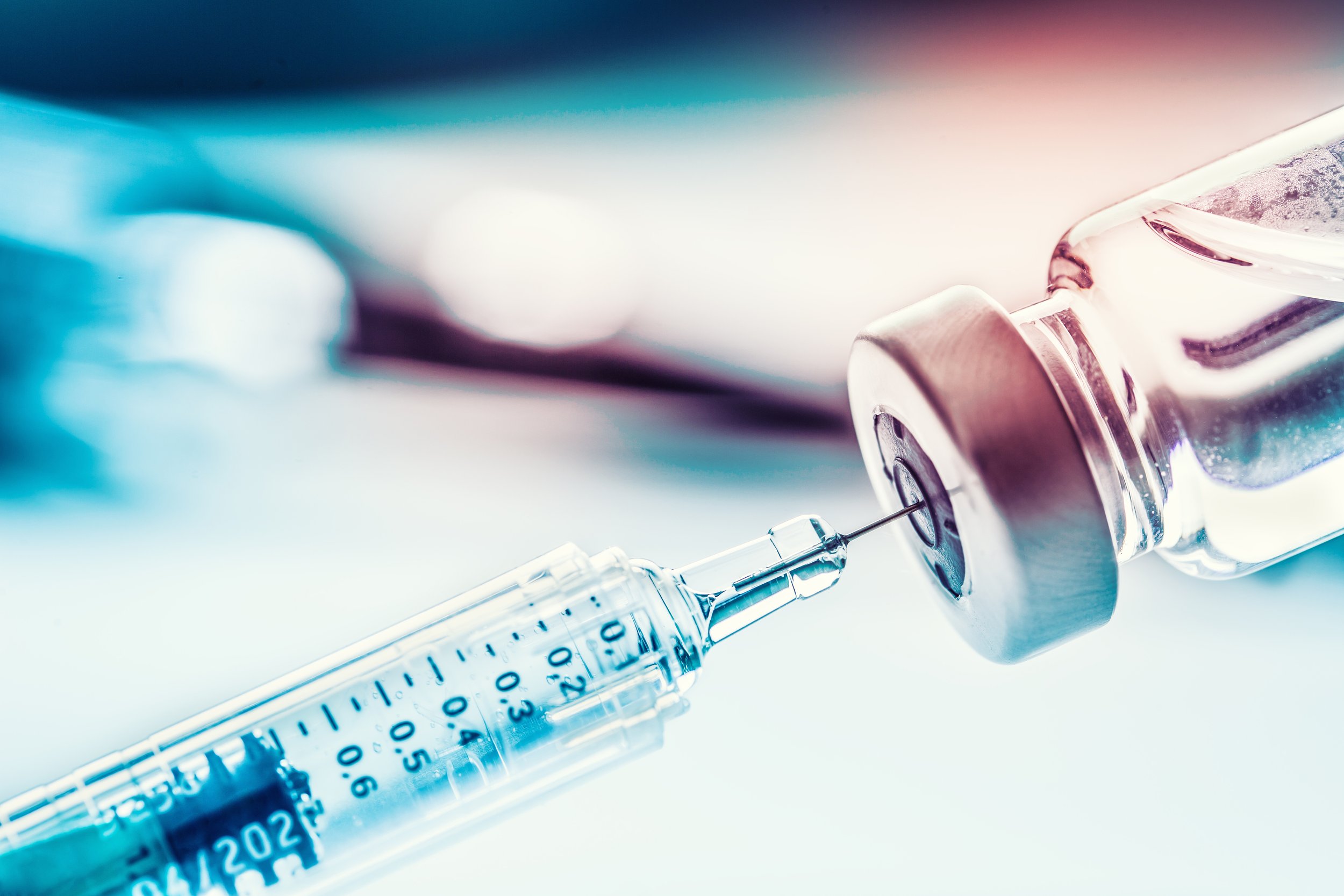
How do we ensure equitable access to vaccines?
Seasonal INFLUENZA
Developing improved vaccines:
Inducing longer lasting immunity
Aiming at inducing a broader protection, teaching your defense system where to focus on in case the virus slightly changes.
Improved production:
Due to current prices, a large part of the world population cannot afford their use. Cheaper vaccines would substantially improve accessibility.
Today’s vaccines need to be kept in a refrigerator. If they could be kept at higher temperatures, it would enable easier access for people in remote areas. Even more if the vaccine can be transported as a dermal patch, without the need for needles, for easier administration.
Due to current production timelines, the strains to be included in the vaccines have to be chosen several months before vaccination starts. Sometimes in those months, the need for production for another strain which becomes more dominant arises. If production time is reduced this is less likely to happen.
Pandemic INFLUENZA
Developing improved vaccines:
When the virus undergoes large changes, your defense system has to learn to recognize and attack it from scratch. If a virus is mild, your defense system can learn from an infection. However, if it causes severe illness, many infected people will not get a chance to learn how to combat the virus because the virus will kill them first.
Ideally, a pandemic vaccine would enable your defense system to recognize many more variants of the virus than it can currently learn from earlier vaccinations and infections. Importantly, while the outer layer of a virus changes often, some internal parts of the virus hardly ever change. This gives us an opportunity to make vaccines that will enable your body to recognize those more essential parts. In addition, some viruses can sabotage your defense system, and vaccines can be designed to teach your defense system to prevent this sabotage.
Improved production (this happened for SARS-CoV-2):
Quick design
Fast scale-up and production
